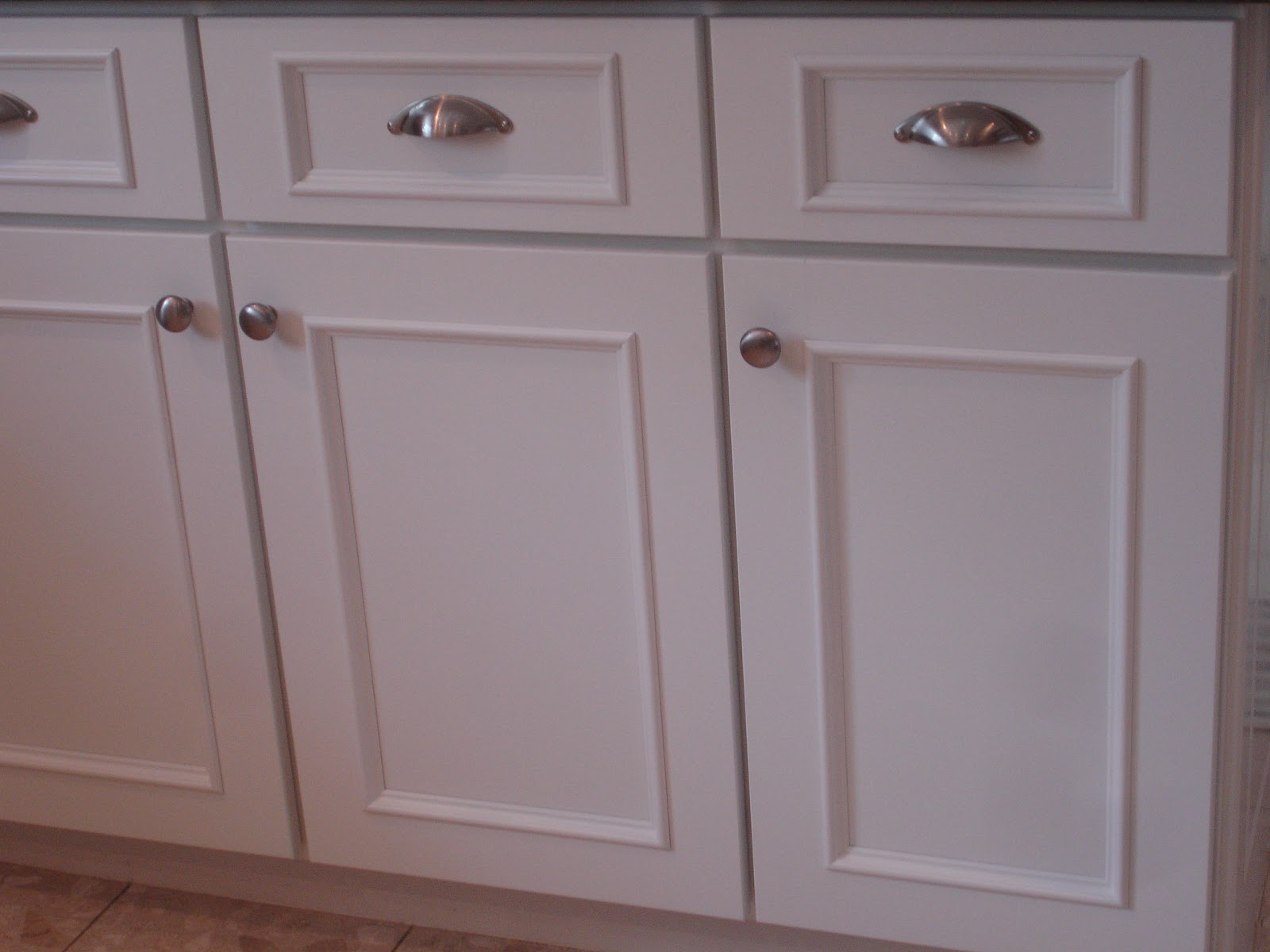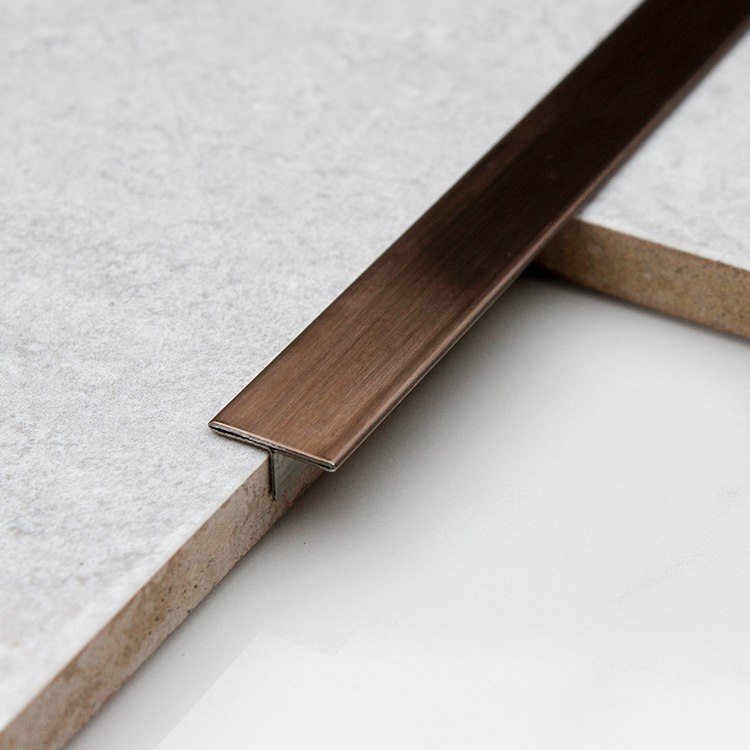Types of Decorative Metal Trim

Decorative metal trim is a versatile design element that can elevate the aesthetic appeal of cabinets, adding a touch of elegance and sophistication to any space. From traditional to modern styles, metal trim offers a wide range of options to complement diverse design preferences. The choice of metal trim can significantly impact the overall look and feel of your cabinetry, reflecting your personal style and enhancing the overall design scheme.
Brass Trim
Brass trim is a timeless choice for cabinetry, known for its warm, lustrous finish and classic appeal. Its rich golden hue can add a touch of elegance and sophistication to both traditional and contemporary cabinets. Brass is a durable metal that can withstand the test of time, making it a reliable choice for long-lasting beauty.
Brass trim comes in a variety of finishes, including polished brass, brushed brass, and antique brass. Polished brass offers a bright, reflective finish that adds a touch of glamour to cabinets. Brushed brass provides a more subdued, matte finish that is perfect for creating a contemporary look. Antique brass, with its aged patina, adds a touch of rustic charm to cabinets.
Brass trim can be used in various applications, including cabinet edges, drawer pulls, and decorative accents. It can be incorporated into traditional cabinets, adding a touch of classic elegance. Brass trim can also complement modern cabinets, creating a sophisticated contrast against sleek, minimalist designs.
Nickel Trim
Nickel trim offers a sleek, modern aesthetic that complements contemporary and minimalist design styles. Its cool, silvery finish provides a subtle yet elegant touch to cabinets, creating a clean and refined look. Nickel trim is known for its durability and resistance to corrosion, making it a practical choice for high-traffic areas.
Nickel trim is available in various finishes, including satin nickel, polished nickel, and brushed nickel. Satin nickel provides a soft, matte finish that complements a range of design styles. Polished nickel offers a bright, reflective finish that adds a touch of glamour to cabinets. Brushed nickel provides a textured, matte finish that creates a subtle, contemporary look.
Nickel trim can be used for various applications, including cabinet edges, drawer pulls, and decorative accents. It complements modern cabinets, enhancing their sleek, minimalist aesthetic. Nickel trim can also be incorporated into transitional cabinets, bridging the gap between traditional and contemporary styles.
Copper Trim, Decorative metal trim for cabinets
Copper trim offers a unique and distinctive aesthetic, adding a touch of warmth and character to cabinets. Its rich, reddish-brown hue creates a striking contrast against various cabinet finishes, adding a touch of sophistication and personality to the design. Copper is a naturally antimicrobial metal, making it a hygienic choice for kitchens and bathrooms.
Copper trim comes in various finishes, including polished copper, brushed copper, and oxidized copper. Polished copper offers a bright, reflective finish that adds a touch of glamour to cabinets. Brushed copper provides a subdued, matte finish that creates a warm and inviting look. Oxidized copper, with its aged patina, adds a touch of rustic charm and character to cabinets.
Copper trim can be incorporated into various cabinet styles, adding a touch of warmth and personality. It can complement traditional cabinets, adding a touch of rustic charm. Copper trim can also be used in modern cabinets, creating a striking contrast against sleek, minimalist designs.
Stainless Steel Trim
Stainless steel trim offers a sleek, modern aesthetic, adding a touch of durability and sophistication to cabinets. Its smooth, reflective surface provides a clean and polished look, while its resistance to corrosion and scratches makes it a practical choice for high-traffic areas. Stainless steel is also known for its hygienic properties, making it an ideal choice for kitchens and bathrooms.
Stainless steel trim is available in various finishes, including brushed stainless steel, polished stainless steel, and satin stainless steel. Brushed stainless steel provides a textured, matte finish that creates a subtle, contemporary look. Polished stainless steel offers a bright, reflective finish that adds a touch of glamour to cabinets. Satin stainless steel provides a soft, matte finish that complements a range of design styles.
Stainless steel trim can be used for various applications, including cabinet edges, drawer pulls, and decorative accents. It complements modern cabinets, enhancing their sleek, minimalist aesthetic. Stainless steel trim can also be incorporated into transitional cabinets, bridging the gap between traditional and contemporary styles.
Comparing Metal Trim Types
| Metal Trim Type | Pros | Cons |
|---|---|---|
| Brass | Warm, lustrous finish; classic appeal; durable; versatile; available in various finishes | Can be more expensive than other metals; requires regular cleaning to maintain its shine |
| Nickel | Sleek, modern aesthetic; durable; resistant to corrosion; available in various finishes | Can be susceptible to scratches; may not be as warm or inviting as other metals |
| Copper | Unique and distinctive aesthetic; naturally antimicrobial; available in various finishes | Can be prone to tarnishing; may require special cleaning products |
| Stainless Steel | Sleek, modern aesthetic; durable; resistant to corrosion and scratches; hygienic | Can be more expensive than other metals; may not be as warm or inviting as other metals |
Applications of Decorative Metal Trim

Decorative metal trim offers a versatile range of applications for elevating cabinet aesthetics, transforming ordinary cabinets into stunning focal points. It’s not just about adding a touch of elegance; it’s about creating visual depth, enhancing textures, and reflecting personal style. Let’s explore how this trim can be used to achieve these transformations.
Edging
Edging with decorative metal trim can dramatically enhance the edges of cabinet doors and drawers. This technique provides a sleek, refined finish that adds visual interest and durability. The trim acts as a protective barrier, shielding the edges from wear and tear, while also creating a visually appealing border.
Molding
Molding is a versatile application that allows for the creation of decorative accents around cabinet frames. Metal trim can be used to create intricate patterns, geometric designs, or simple, elegant lines, adding a touch of sophistication to the overall design. This technique is particularly effective for framing cabinet doors, creating a visual separation between the door and the cabinet frame.
Hardware
Metal trim plays a crucial role in accentuating cabinet hardware, like handles and knobs. By adding a decorative metal trim around the hardware, you can enhance its visual appeal, creating a cohesive design element that complements the overall cabinet aesthetic. This technique can elevate the look of simple handles, making them appear more elegant and refined.
Inlays
Inlays are decorative elements incorporated into the surface of the cabinet, adding a unique and intricate touch. Metal trim can be used to create stunning inlays, featuring geometric patterns, floral motifs, or abstract designs. These inlays can be incorporated into cabinet doors, drawer fronts, or even the sides of cabinets, creating a visually captivating focal point.
Choosing the Right Decorative Metal Trim: Decorative Metal Trim For Cabinets

Embarking on the journey of adorning your cabinets with decorative metal trim requires a discerning eye and a strategic approach. Selecting the right trim is not just about aesthetics; it’s about harmonizing style, practicality, and your budget. This section delves into the crucial factors to consider when choosing the perfect decorative metal trim for your cabinets.
Cabinet Style
The style of your cabinets dictates the type of trim that will best complement their design. Consider the following:
* Traditional Cabinets: These cabinets typically feature intricate details and ornate designs. To maintain this aesthetic, choose decorative metal trim that echoes the traditional theme. This could include trim with classic patterns, such as scrolls, acanthus leaves, or geometric motifs.
* Modern Cabinets: Modern cabinets often embrace clean lines and minimalist aesthetics. Opt for trim with sleek, contemporary designs. This could involve trim with geometric patterns, polished metal finishes, or subtle accents that enhance the modern look.
* Contemporary Cabinets: Contemporary cabinets blend modern elements with a touch of traditional influence. This allows for greater flexibility in trim selection. Choose trim that strikes a balance between classic and contemporary designs, such as trim with simple geometric patterns or subtle detailing.
Room Aesthetics
The decorative metal trim you choose should seamlessly blend with the overall aesthetics of the room.
* Consider the Color Palette: The trim’s color should complement the existing color scheme of the room. For instance, if the room features warm tones, choose trim with a bronze or gold finish. If the room has cool tones, opt for silver or nickel trim.
* Match the Style: The trim’s style should harmonize with the room’s overall decor. If the room has a traditional style, select trim with classic patterns or ornate designs. If the room has a modern style, choose trim with clean lines and minimalist aesthetics.
* Enhance the Ambiance: The trim can also enhance the ambiance of the room. For instance, if you want to create a warm and inviting atmosphere, choose trim with a gold or bronze finish. If you want to create a sleek and modern feel, opt for silver or nickel trim.
Budget
Decorative metal trim is available in a wide range of prices. Consider the following:
* Material: The type of metal used will affect the cost of the trim. For instance, solid brass or copper trim will be more expensive than aluminum or stainless steel trim.
* Design: The intricacy of the trim’s design will also affect its price. Simple trim with basic patterns will be more affordable than ornate trim with intricate details.
* Finish: The finish of the trim can also affect its price. Polished or brushed finishes will be more expensive than unpolished or matte finishes.
Maintenance
Decorative metal trim should be easy to clean and maintain.
* Material: Some metals are more resistant to corrosion and tarnishing than others. For instance, stainless steel is highly resistant to corrosion and tarnishing, making it a good choice for areas that are prone to moisture or humidity.
* Finish: The finish of the trim can also affect its durability. Polished or brushed finishes can be more susceptible to scratches and fingerprints than unpolished or matte finishes.
* Cleaning: Always refer to the manufacturer’s recommendations for cleaning and maintaining your decorative metal trim.
Decorative metal trim for cabinets offers a sophisticated and durable finish, adding a touch of industrial chic to any space. This design aesthetic often draws inspiration from the robust construction of industrial metal locker cabinets , which are known for their resilience and practicality.
By incorporating similar metallic accents, decorative trim can elevate the look of cabinetry, bringing a sense of strength and enduring style to the overall design.
Decorative metal trim can elevate the aesthetic of cabinets, adding a touch of sophistication and visual interest. The Sauder storage cabinet highland oak finish , for example, could benefit from the addition of sleek, brushed nickel trim to accentuate its warm wood tones.
This subtle detail can further enhance the overall visual appeal and create a cohesive design statement.